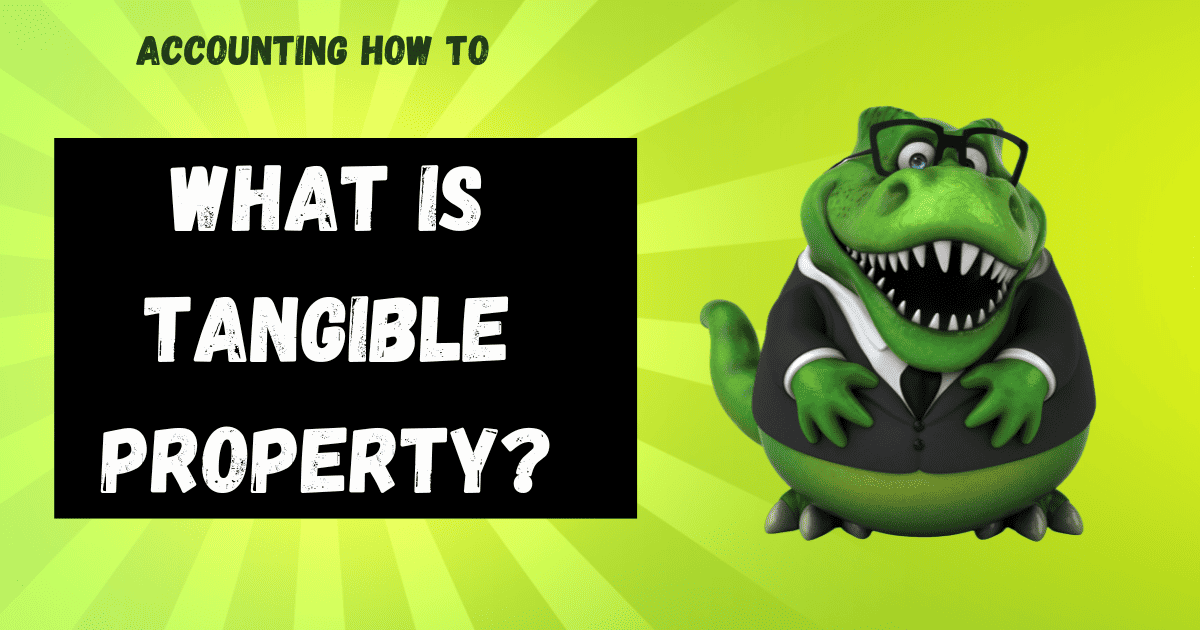Tangible property refers to physical assets that can be touched and seen, such as land, buildings, machinery, vehicles, and equipment. In business and taxation, tangible property is an essential concept as it plays a critical role in determining the value of assets and assessing tax liabilities. In this article, we will explore tangible property in greater detail, including what it is, examples of tangible property, and how it is accounted for.
What is tangible property?
Tangible property is any physical asset that a business owns, uses, or holds for investment purposes. It is property that can be touched, seen, and felt. The term “tangible” is derived from the Latin word “tangere,” which means to touch. The opposite of tangible property is intangible property, which includes things like intellectual property, copyrights, and patents.
Examples of tangible property
Tangible property includes a wide variety of physical assets that a business may own or use. Some examples of tangible property include:
- Land and buildings: This includes any real property a business may own, including the land, buildings, and any improvements made to them.
- Vehicles: Any cars, trucks, or vans used by the business, including those used for delivery, transportation, or any other business purpose.
- Machinery and equipment: Any machines or equipment used in the production or operation of the business, such as manufacturing equipment, computers, and printers.
- Furniture and fixtures: This includes desks, chairs, shelves, and other items used to furnish the business premises.
- Inventory: Any goods or products held by the business for sale or use in the production process.
How is tangible property accounted for?
Tangible property is accounted for on a business’s balance sheet, which shows the assets, liabilities, and equity of the business at a specific point in time. Tangible property is listed as a fixed asset and is recorded at its original cost, including any expenses associated with acquiring, improving, or maintaining the asset. For example, if a business purchases a new machine for $100,000, the machine would be recorded on the balance sheet as a fixed asset with a value of $100,000.
Over time, the value of tangible property may change due to depreciation, which is the gradual loss of value of the asset over time. Depreciation is recorded as an expense on the income statement and reduces the value of the asset on the balance sheet. The amount of depreciation recorded depends on the useful life of the asset and the method used to calculate depreciation.
For more about depreciation, check out this article:
What is Depreciation? | Accounting Student Guide
In conclusion, tangible property is an essential concept in business and taxation. It includes physical assets that a business may own or use, such as land, buildings, machinery, and vehicles. Tangible property is accounted for on a business’s balance sheet and is recorded at its original cost, with depreciation recorded as an expense over the asset’s useful life. Understanding tangible property is crucial for businesses to manage their assets effectively and assess their tax liabilities accurately.

